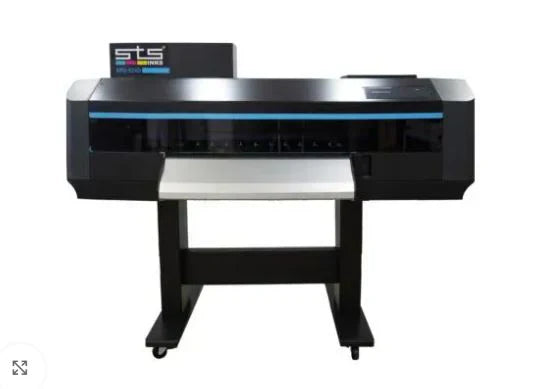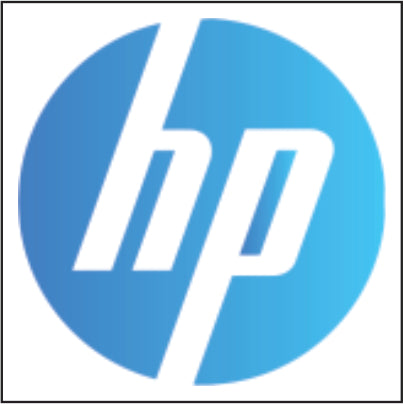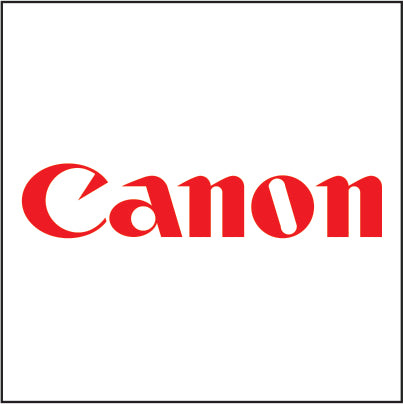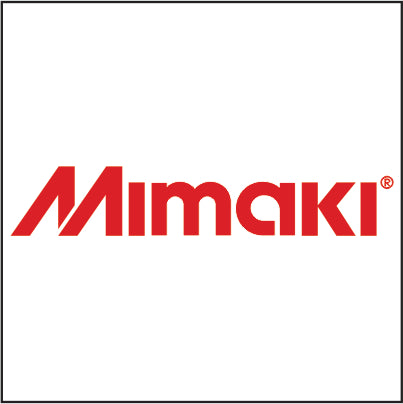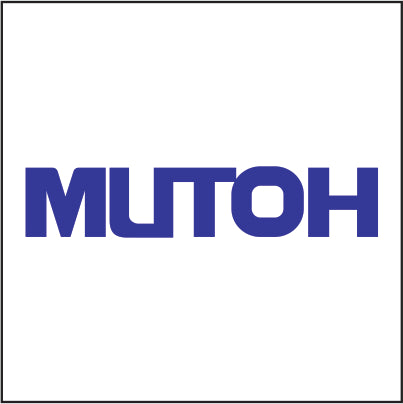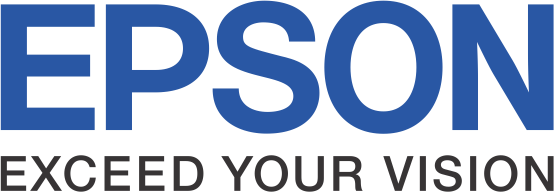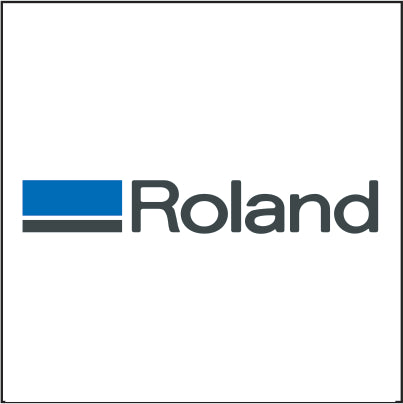What Is DTF Printing and Why Are So Many Print Shops Switching?

In just a few years, DTF printing (Direct-to-Film printing) has grown from a little-known technique into a major force in apparel decoration. Many print shops are switching to DTF for good reason. It allows full-color designs on virtually any fabric with no minimum order size, and it simplifies the printing process compared to older methods. In short, this technology is reshaping how custom garments are printed. To understand the buzz, let's look at what DTF printing is and why so many print shops are switching to this new method.
Understanding Direct-to-Film (DTF) Printing
DTF printing is a process of printing artwork onto a special transfer film and then using heat to apply it to a garment. Unlike some other digital methods that use UV Inks or sublimation dyes, DTF uses water-based pigment inks (including white) that will bond with the fabric when transferred. It starts with dedicated DTF Printers that use CMYK plus white Digital Printing Inks to output the design onto a clear PET film. While the ink is still wet on the film, a fine hot-melt adhesive powder is applied to the print. The film is then briefly heated (using a heat press or curing oven) to melt that powder into the ink. The result is a ready-to-use transfer: you position it on the garment, heat-press it, and then peel off the film – leaving a vibrant print bonded to the fabric.
One big advantage of DTF is that it doesn’t require pre-coating the garment (unlike direct-to-garment printing) and it works on almost any fabric, from cotton and blends to polyester and nylon. It also isn’t limited to white or light garments like dye sublimation is – DTF prints look great even on black or colored fabrics because of that layer of white ink. The finished print is thin and stretchable, and a quality DTF transfer can survive dozens of wash cycles without cracking or fading.
Why Are Print Shops Switching to DTF Printing?
No More Minimum Orders: One of the biggest draws of DTF printing is that it makes small orders feasible. Traditional screen printing has high setup time and costs, so printing just a few shirts isn’t practical. DTF, on the other hand, can print one or one hundred transfers with almost the same ease. Print shops can take on one-off orders or short runs without worrying about losing money – there’s no need to turn away a customer who only wants a single custom tee.
Full-Color, Complex Designs with Ease: DTF is a digital process, so it can reproduce intricate logos, photographs, and multicolor artwork without any extra effort or cost. There’s no tedious setup for each color like there is in screen printing. This means a design with 20 colors or fine gradients is just as straightforward as a simple one-color graphic. Print shops are switching to DTF because it lets them say “yes” to detailed artwork that would be difficult or expensive to print otherwise.
Versatility on Fabrics and Items: Direct-to-Film transfers work on a wide variety of materials. You can apply DTF prints to cotton, polyester, blends, canvas, and more – and onto light or dark colors with equal success. A single DTF printer can create transfers for t-shirts, hoodies, tote bags, and even tricky surfaces like hat panels or sleeves. This versatility is a game-changer for shops that want to offer a broad range of products. Instead of maintaining separate processes for different fabrics (as you might with screen printing or sublimation), DTF provides a near one-size-fits-all solution.
Fast Turnaround & On-Demand Printing: Fast turnaround is crucial in today’s on-demand market. DTF printing streamlines production – there are no screens to prepare and no lengthy drying times between colors. A design can go from a computer file to a finished heat transfer in minutes, ready to be pressed onto a garment. Shops can also print transfers ahead of time and stock them; when an order comes in, they simply heat-press the transfer onto the product and it’s done. It enables quick turnaround for last-minute orders and small-batch jobs that would have been too slow with traditional methods.
Lower Costs and New Opportunities: Compared to setting up a full screen print shop, getting started with DTF is relatively affordable and requires less space. A decent DTF setup (printer, heat press, and supplies) can fit in a small room or garage. This lower barrier to entry means that even small businesses or new entrepreneurs can compete in the custom apparel market. DTF has democratized printing – a two-person startup can take on orders that used to be possible only for larger shops.

DTF Printing vs. Screen Printing – Better Together
DTF printing isn’t meant to replace screen printing entirely. In fact, DTF complements screen printing in areas where the traditional method struggles. Screen printing still excels at high-volume jobs once screens are set up, but it’s less practical for small orders or complex, multicolor designs – that’s where DTF shines. By adding DTF, shops can handle those short-run or detailed jobs in-house instead of turning them away. Most adopters use both: screen printing for bulk runs and DTF for one-offs and intricate prints. With DTF in the mix, printers can simply pick the best tool for each job and keep more business under their roof.
Comparison: DTF vs. Other Printing Methods
DTF Printing
-
Best for: Small to medium runs, detailed and complex designs
-
Fabric types: Works on cotton, blends, polyester, and more
-
Setup costs: Low compared to traditional methods
-
Order size efficiency: Excellent for small runs and one-off orders
Screen Printing
-
Best for: Large-volume orders with simple designs
-
Fabric types: Works on most fabrics
-
Setup costs: High due to screen preparation
-
Order size efficiency: Most cost-effective for bulk production
Direct-to-Garment (DTG) Printing
-
Best for: Cotton-focused products with detailed designs
-
Fabric types: Primarily cotton or high-cotton blends
-
Setup costs: Medium
-
Order size efficiency: Good for small runs but slower than DTF
Sublimation Printing
-
Best for: All-over prints and products made from polyester
-
Fabric types: Polyester or polymer-coated materials
-
Setup costs: Medium
-
Order size efficiency: Excellent for niche, specialty items like activewear or promotional products
Ongoing Innovations in DTF Technology
DTF technology is evolving quickly. Today’s printers are more reliable and faster (with fewer white-ink clogs) than early models, and manufacturers are even working on powderless DTF methods to simplify the process further. Automation is also on the rise – from machines that automatically apply the adhesive powder to high-volume presses that can stamp out dozens of transfers per hour. These innovations are making DTF printing even more efficient and scalable for high-volume production as the technology matures.

Making the Switch Successfully
To get the best results, start with quality equipment and materials. Invest in a reliable printer and high-grade inks/film, and spend time dialing in your print settings and heat-press parameters through testing. Also, keep up with printer maintenance (especially for the white ink) to avoid clogs, and work with a dependable Digital Printing Supplies supplier so you never run out of materials. Shops that follow these steps usually have the smoothest transition and best print quality when they switch to DTF. For a more detailed guide on setting up your DTF workflow, see Step-by-Step: How to Get Started with DTF Printing for Your Business.
Final Thoughts
So, what is DTF printing and why are so many print shops switching? In short, it’s a new printing method that offers full-color, on-demand capabilities that older techniques can’t match. Even as a young technology, DTF has proven it’s here to stay – industry experts have dubbed its rise a “tidal wave” in apparel decoration, and that wave is still growing. Print businesses are adopting DTF not just because it’s trendy, but because it truly expands what they can offer. By pairing DTF with traditional screen printing, shops can handle nearly any job that comes their way. As DTF continues to improve, it’s set to play a major role in the future of garment decoration.


